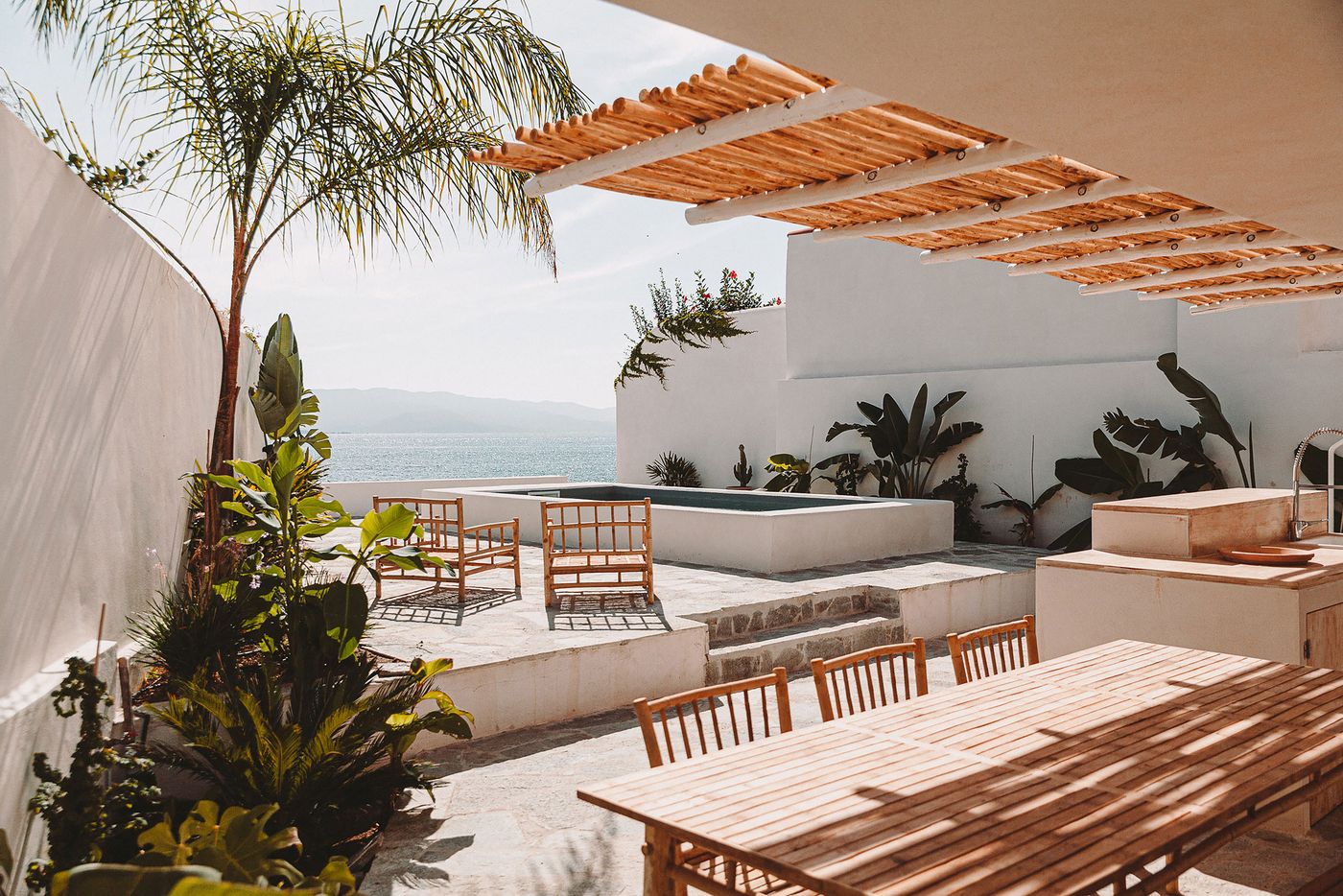
Casa Santa Teresa: Amelia Tavella's Quintessential Vacation Home in Corsica
Words by Yatzer
Location
Ajaccio, France
Casa Santa Teresa: Amelia Tavella's Quintessential Vacation Home in Corsica
Words by Yatzer
Ajaccio, France
Ajaccio, France
Location
When Aix-en-Provence based architect Amelia Tavella was commissioned to transform a 1950s rundown house into a modern holiday retreat in her native land, Corsica, she approached the project with a poetic nostalgia, tapping into her childhood memories of summers by the sea, to create in her words the “quintessential vacation home”. Located right by the sea, on Route des Sanguinaires, a scenic coastline route peppered with villas and luxury hotels near the Corsican capital, “Casa Santa Teresa” is blessed with beautiful views of the gulf of Ajaccio which Tavella has elegantly framed throughout the house. Espousing an aesthetic of modernist purity that reflects the original building’s spirit, and swathed in well-crafted natural materials, the property is imbued with a timeless sensibility that embodies the essence of summer living.
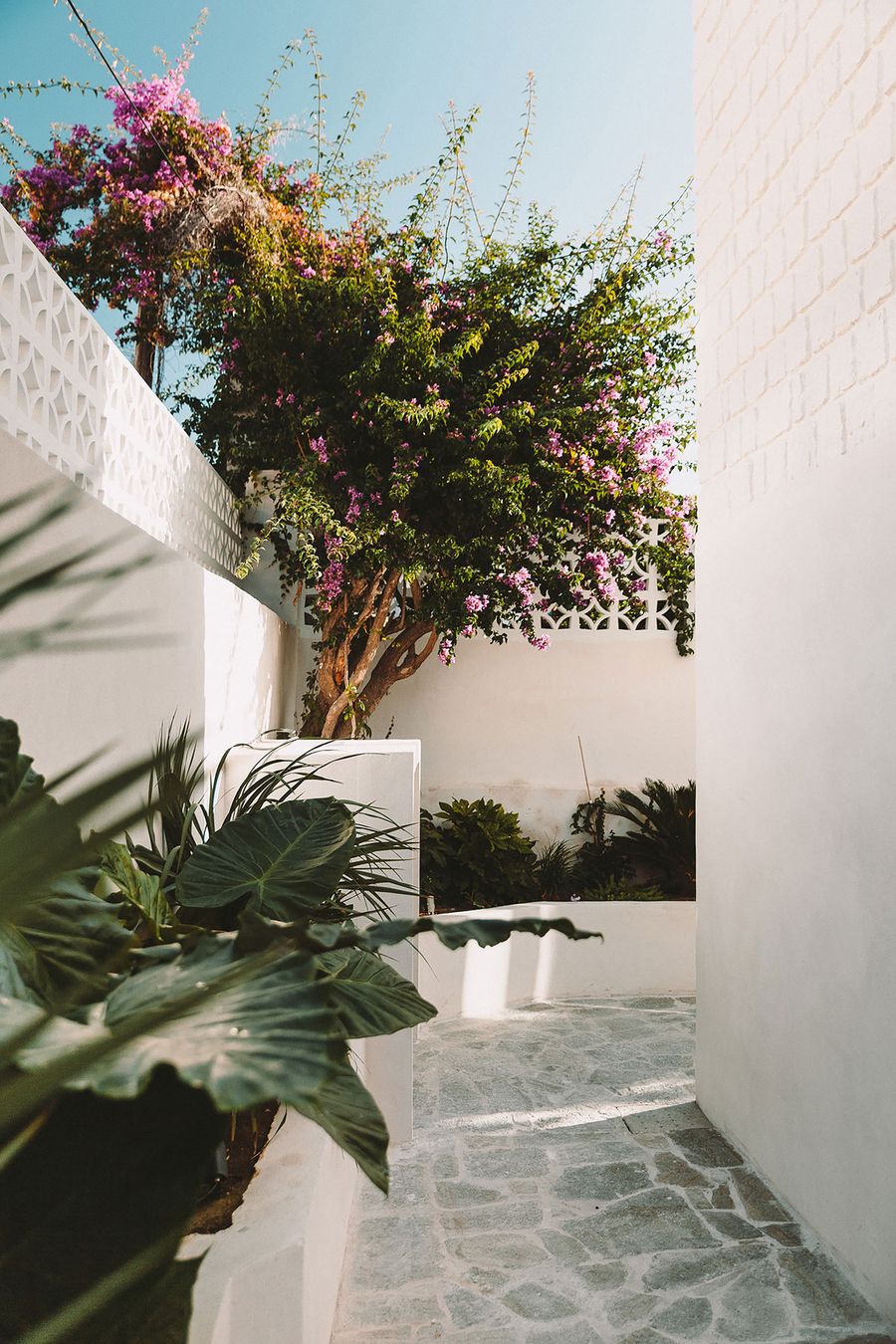
Casa Santa Teresa by Amelia Tavella.Photo by Thibaut Dini.
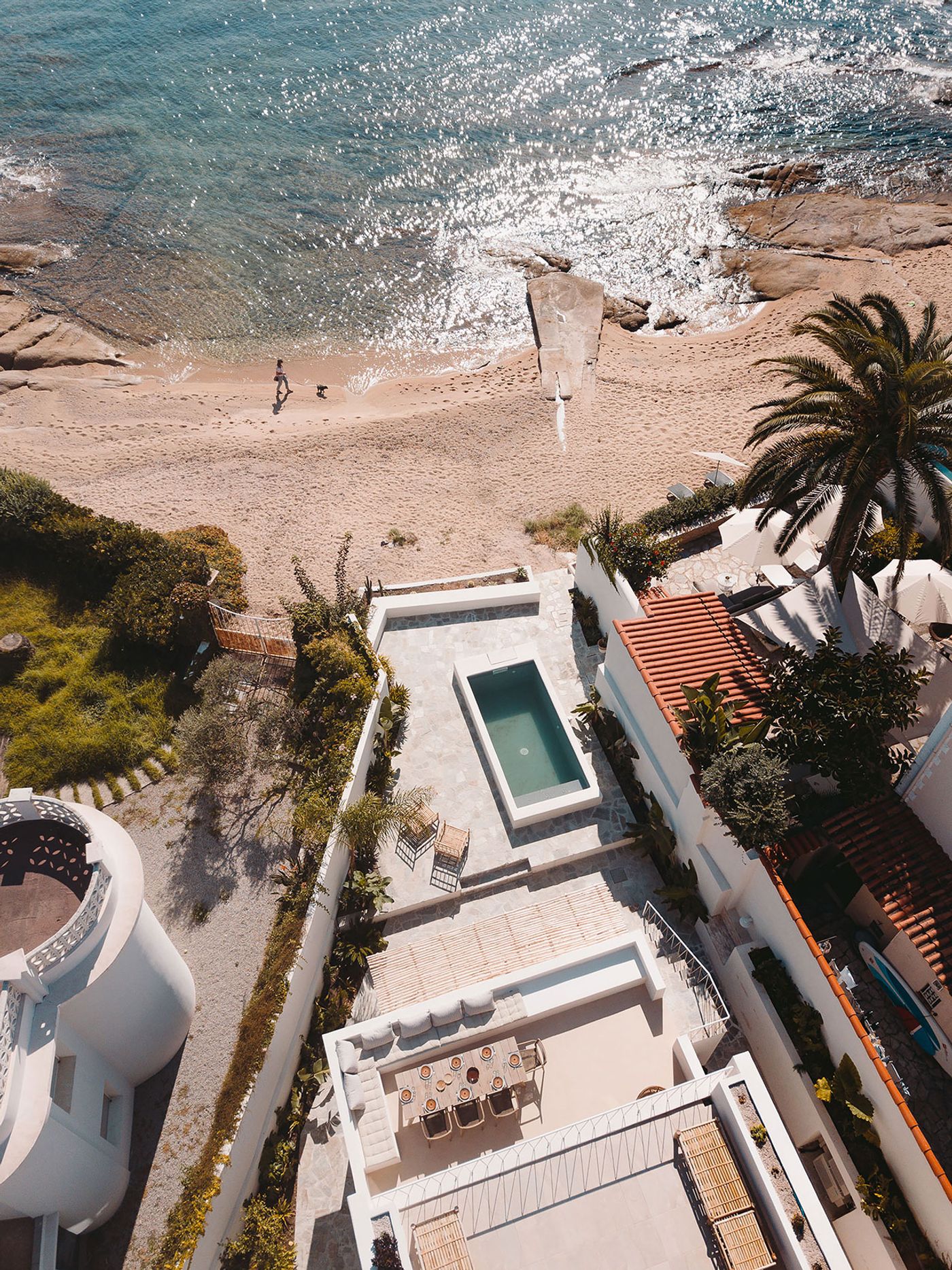
Casa Santa Teresa by Amelia Tavella.Photo by Thibaut Dini.
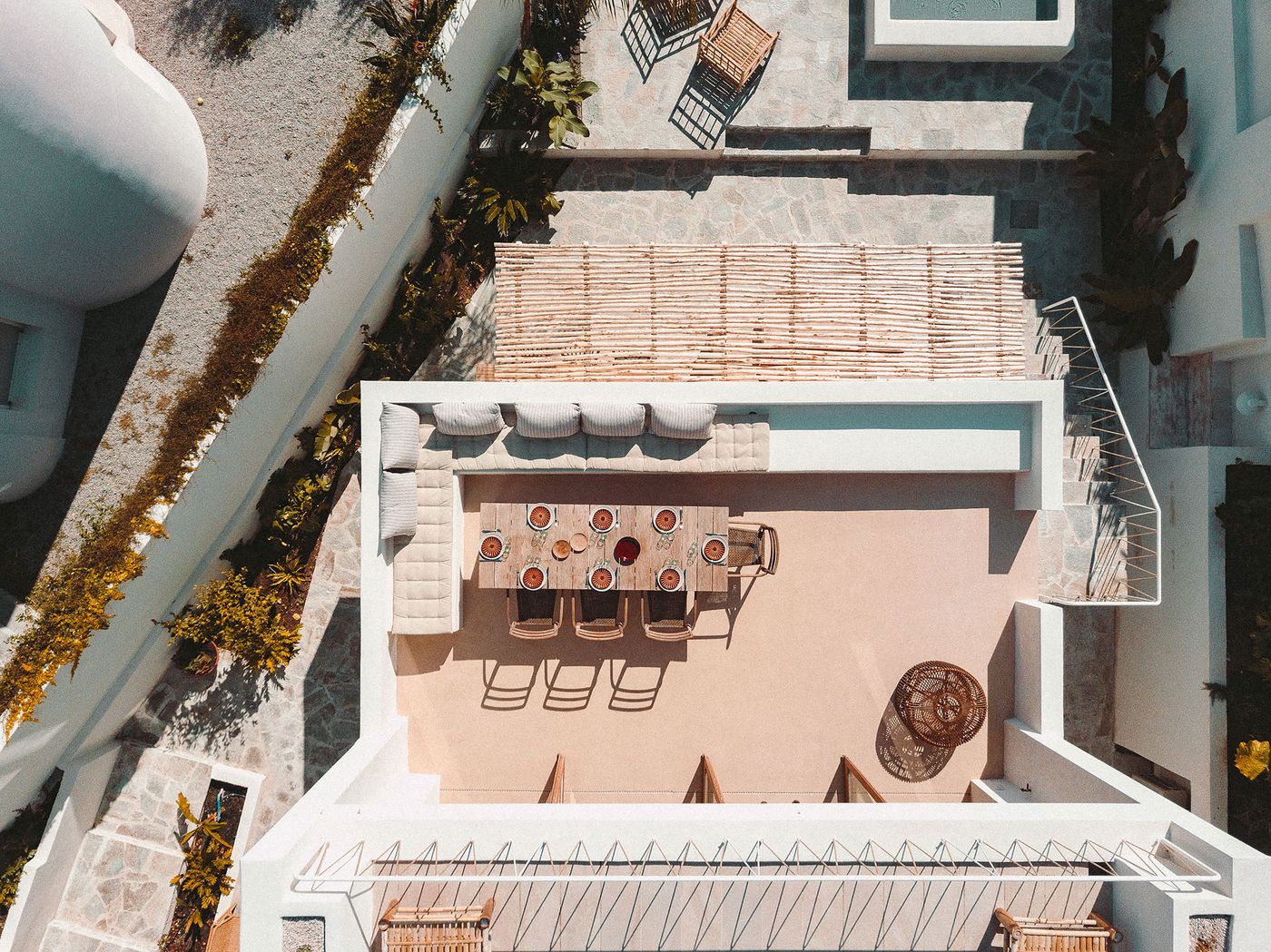
Casa Santa Teresa by Amelia Tavella.Photo by Thibaut Dini.
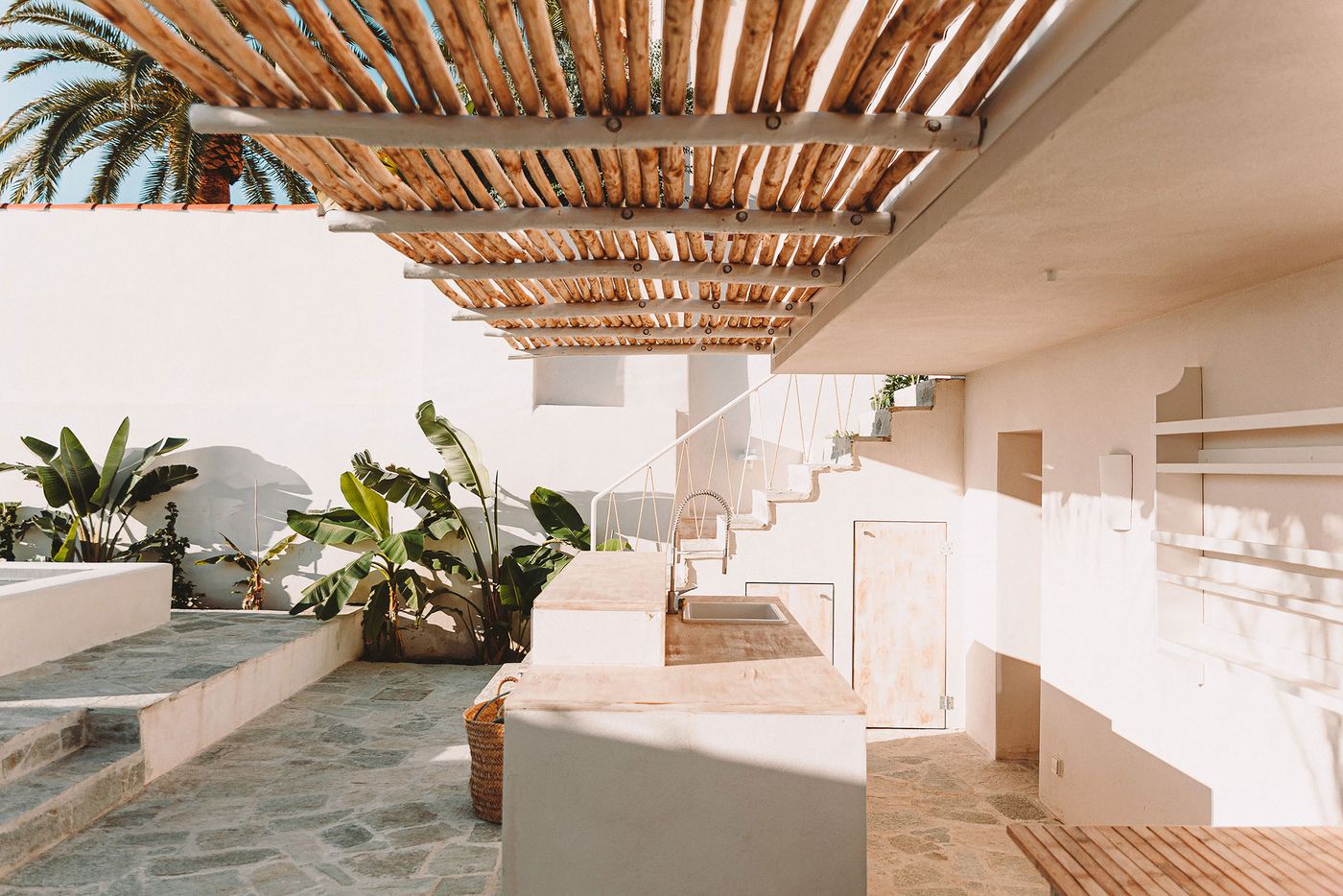
Casa Santa Teresa by Amelia Tavella.Photo by Thibaut Dini.
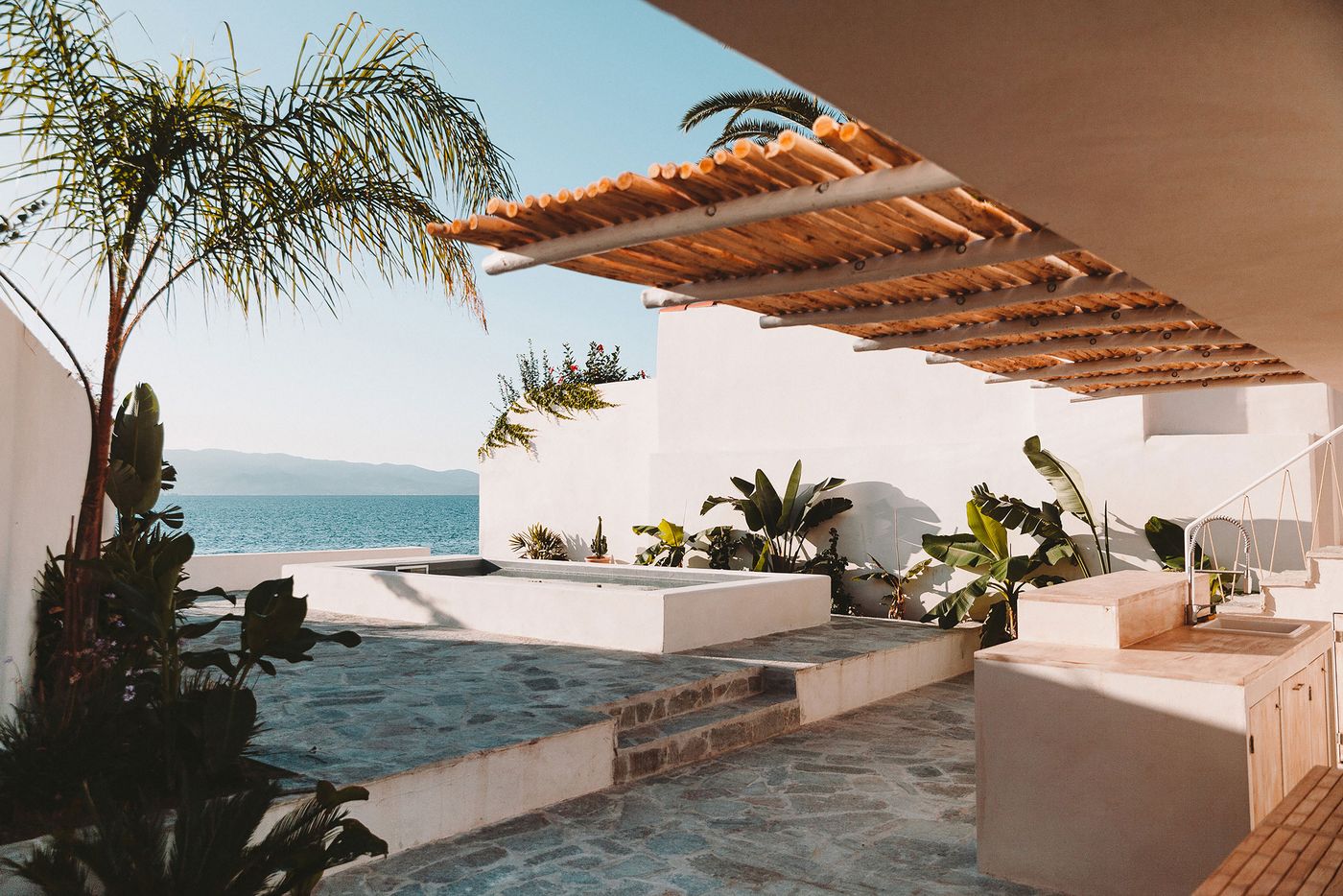
Casa Santa Teresa by Amelia Tavella.Photo by Thibaut Dini.
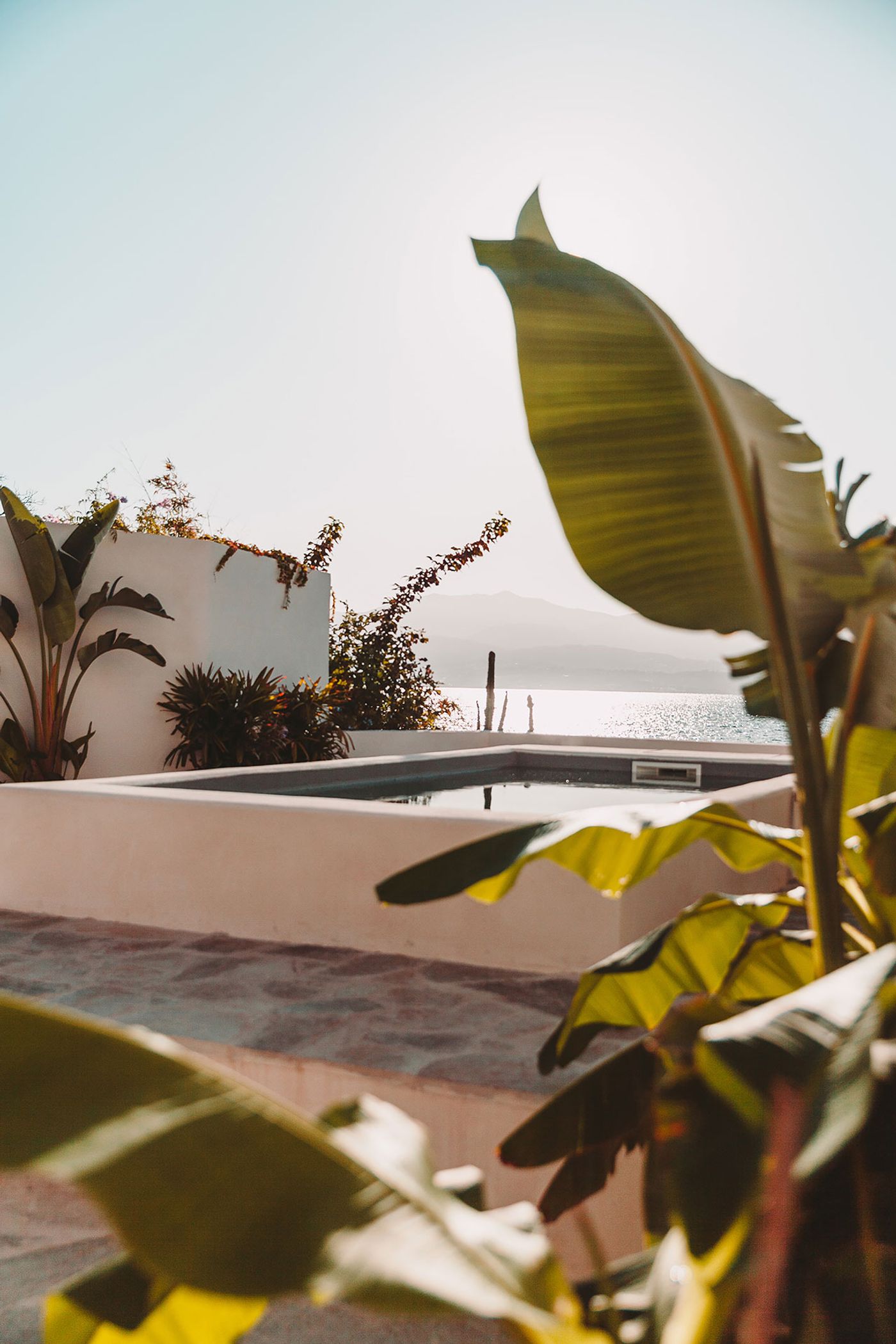
Casa Santa Teresa by Amelia Tavella.Photo by Thibaut Dini.
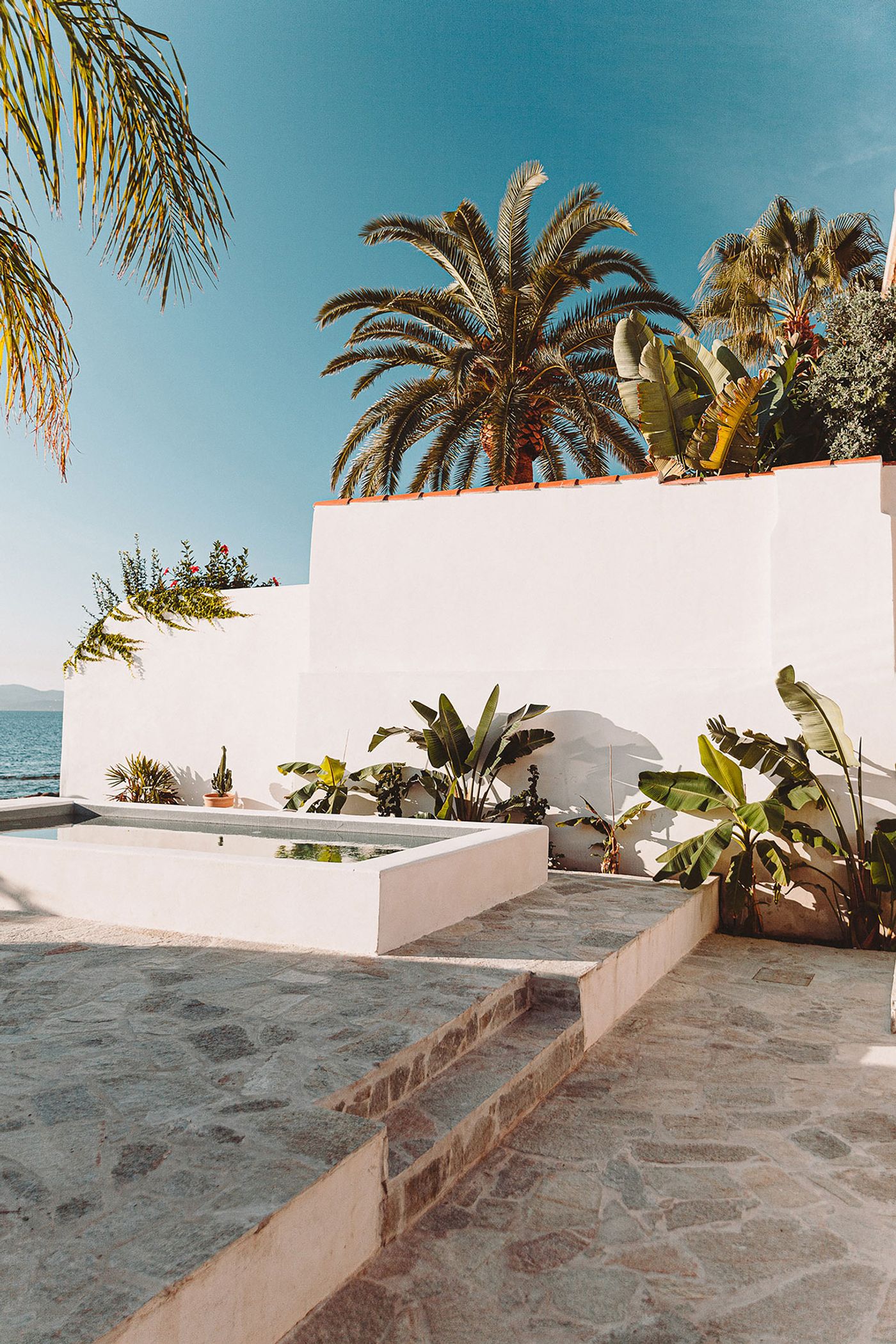
Casa Santa Teresa by Amelia Tavella.Photo by Thibaut Dini.
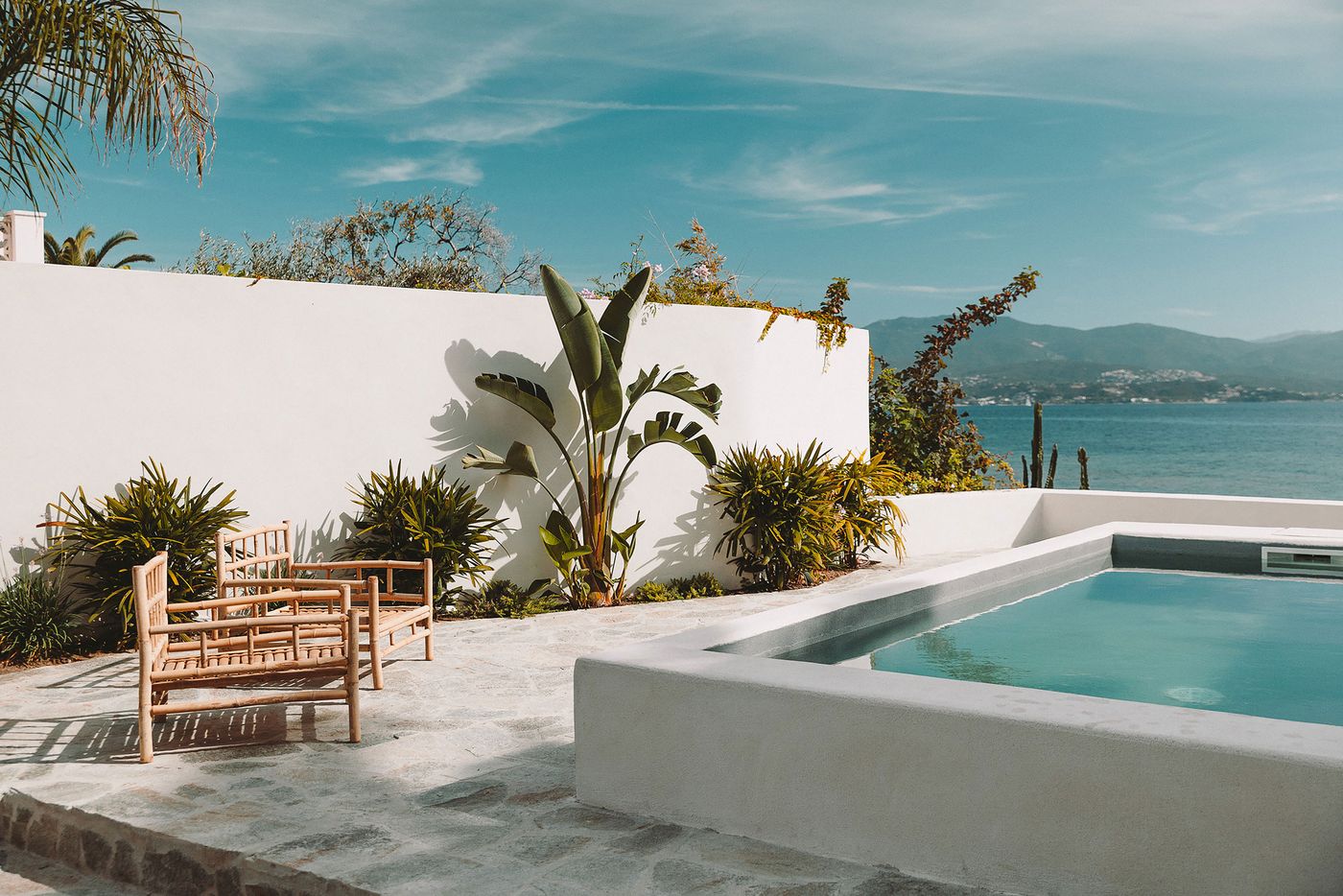
Casa Santa Teresa by Amelia Tavella.Photo by Thibaut Dini.
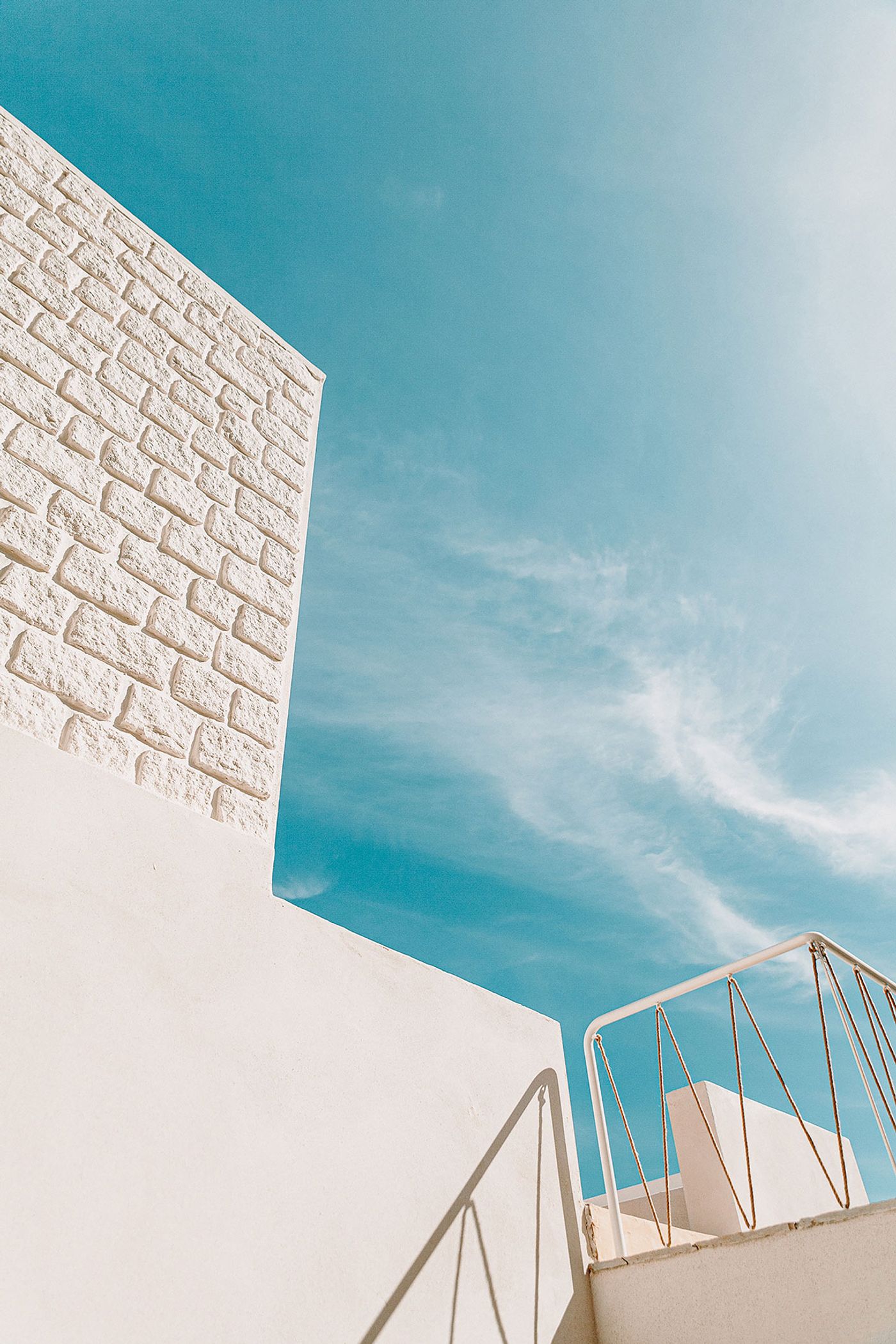
Casa Santa Teresa by Amelia Tavella.Photo by Thibaut Dini.
Comprising four floors, with the lower two housing the living areas and the upper two the private quarters, the whitewashed building is orientated towards the sea, with the interiors spilling out on to the exterior through a series of terraces and balconies. Due to its ruinous state, the house had to be extensively rebuilt, with numerous internal walls demolished to create more spacious and fluid interiors. However,it was important for Tavella to hold on to its spirit and soul. “I believe in the memory of walls, in the way it leaves its mark on a space”, she says.

Casa Santa Teresa by Amelia Tavella.Photo by Thibaut Dini.
On the ground floor, a stone-paved courtyard at the back of the house, lined with lush vegetation, is made up by a shaded alfresco dining area and a sun-kissed pool deck, just a few steps away from the beach. Overlooking the terrace and pool below, the generous living area on the first floor opens out to a spacious terrace subtly delineated by a rope balustrade. Built-in seating, graceful archways and arched alcoves, separate the light-filled space into living, dining and study areas without undermining the open-plan configuration, while three pivoting glass doors elegantly allow for expansive vistas.
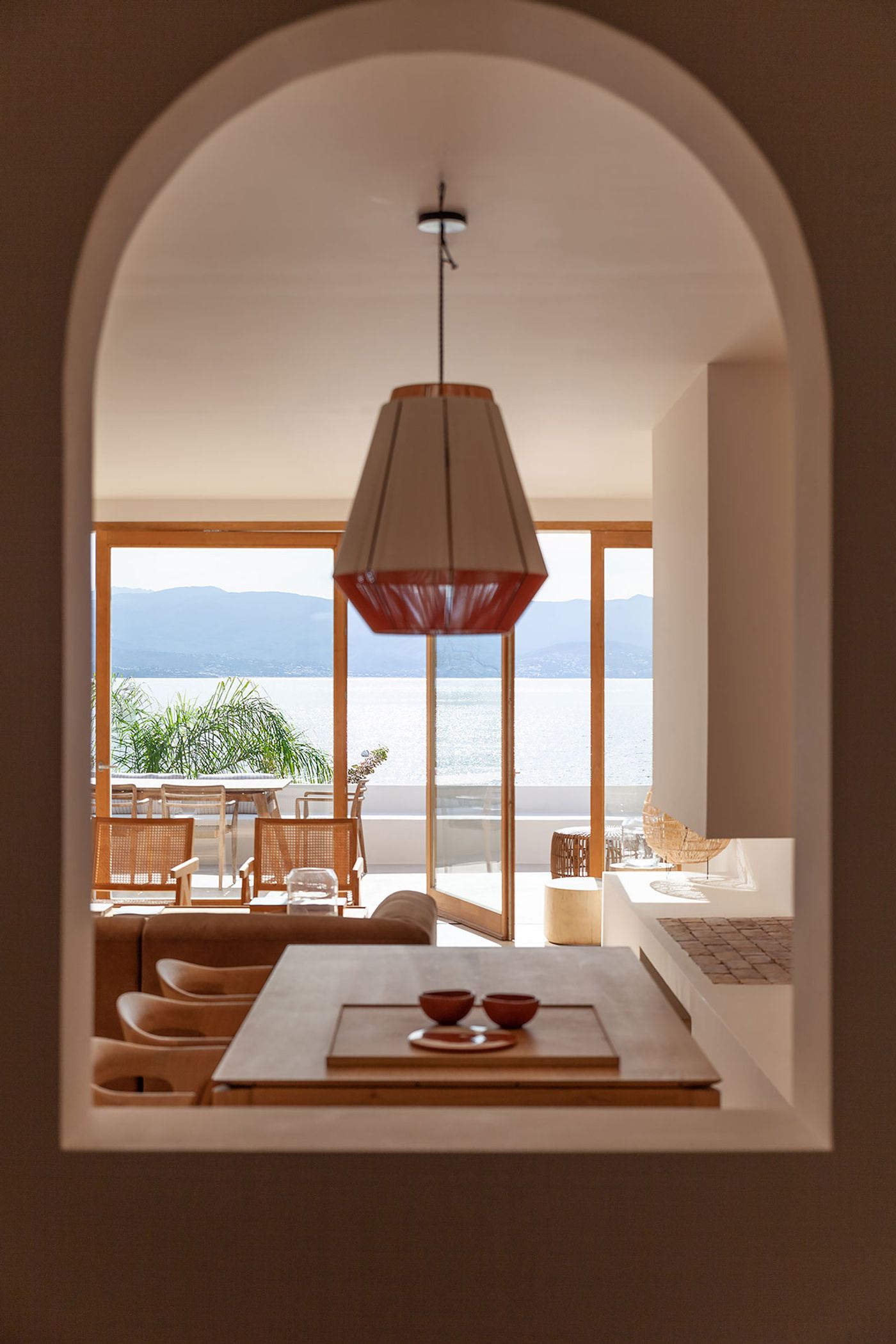
Casa Santa Teresa by Amelia Tavella.Photo by Thibaut Dini.

Casa Santa Teresa by Amelia Tavella.Photo by Thibaut Dini.
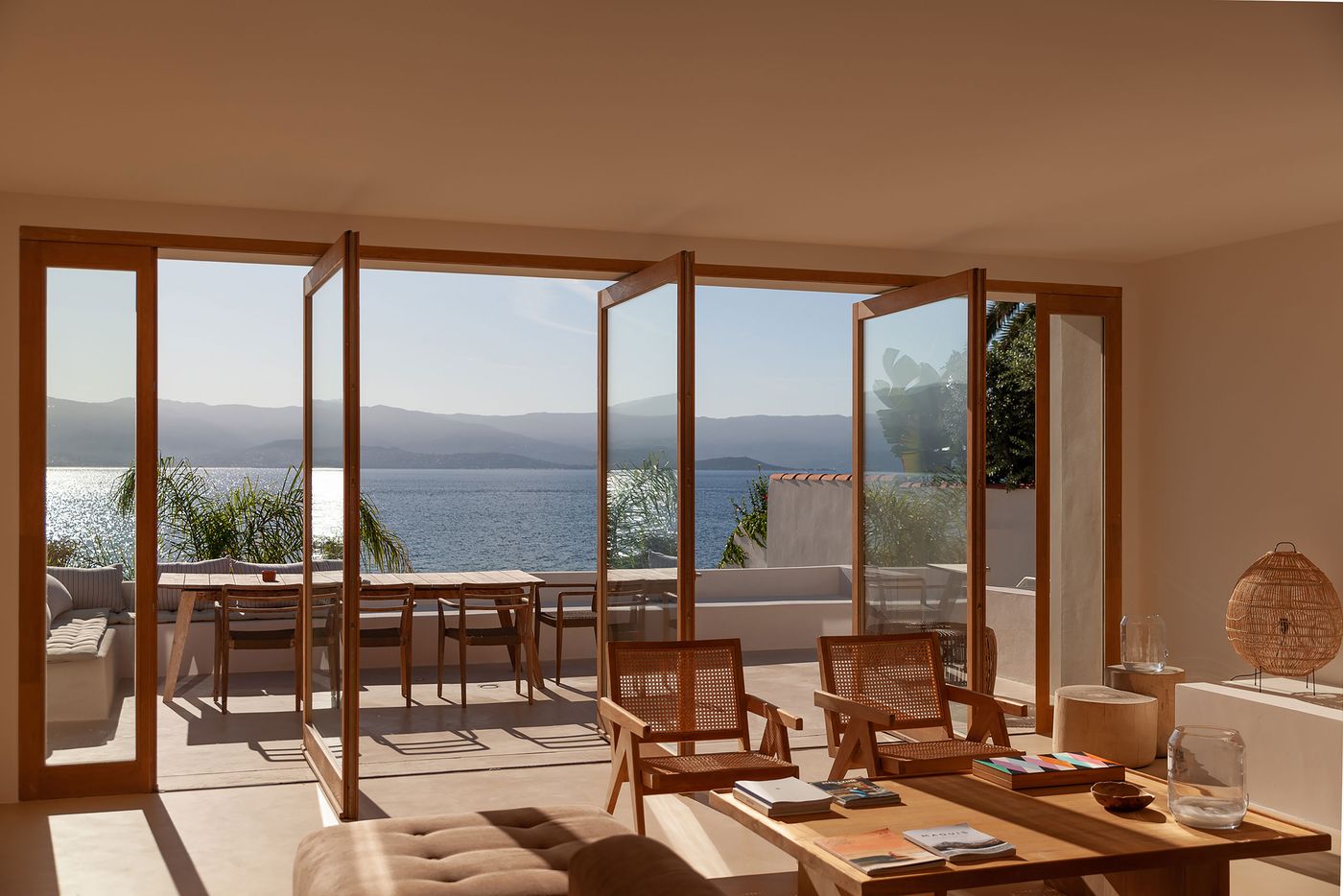
Casa Santa Teresa by Amelia Tavella.Photo by Thibaut Dini.
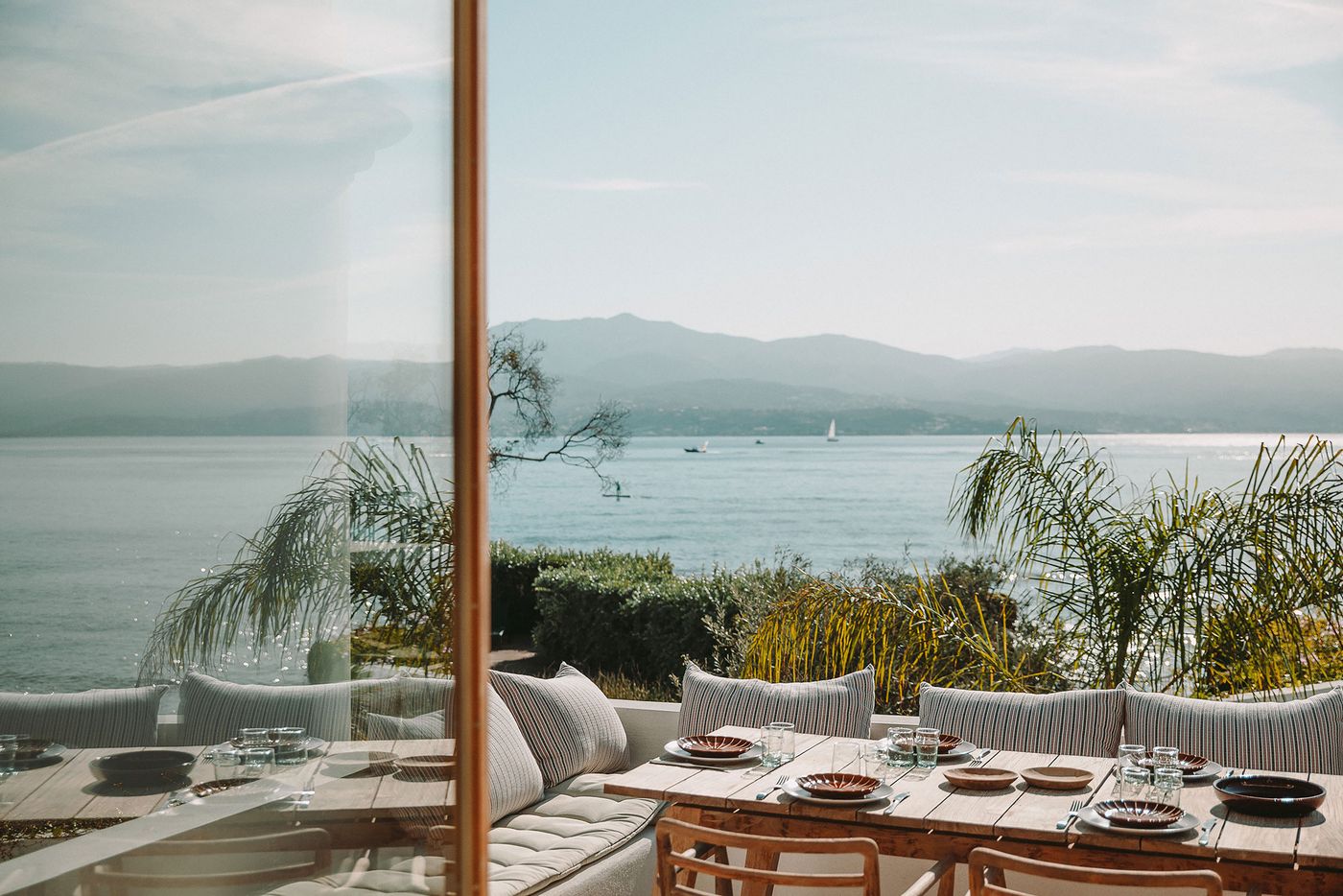
Casa Santa Teresa by Amelia Tavella.Photo by Thibaut Dini.
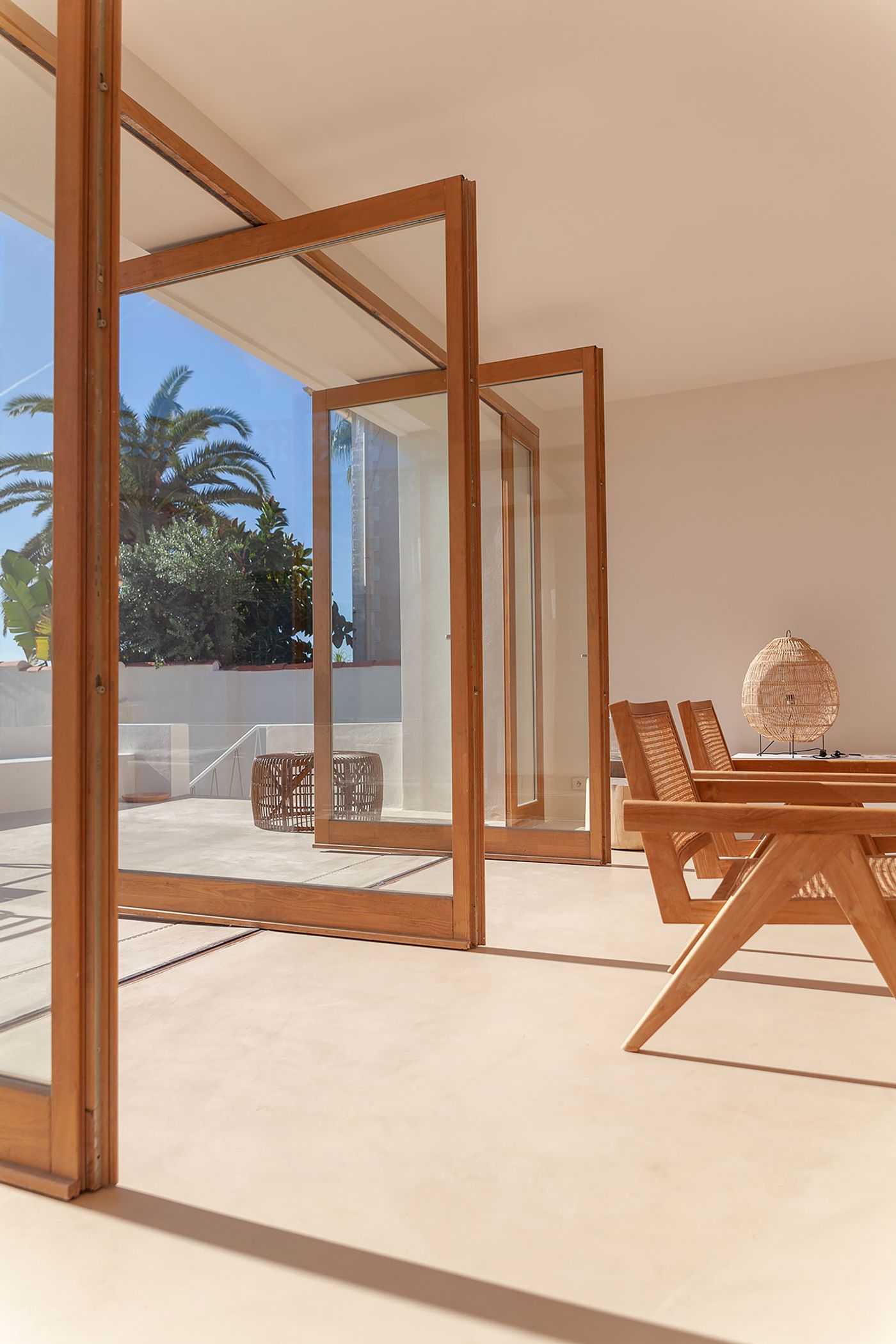
Casa Santa Teresa by Amelia Tavella.Photo by Thibaut Dini.

Casa Santa Teresa by Amelia Tavella.Photo by Thibaut Dini.

Casa Santa Teresa by Amelia Tavella.Photo by Thibaut Dini.
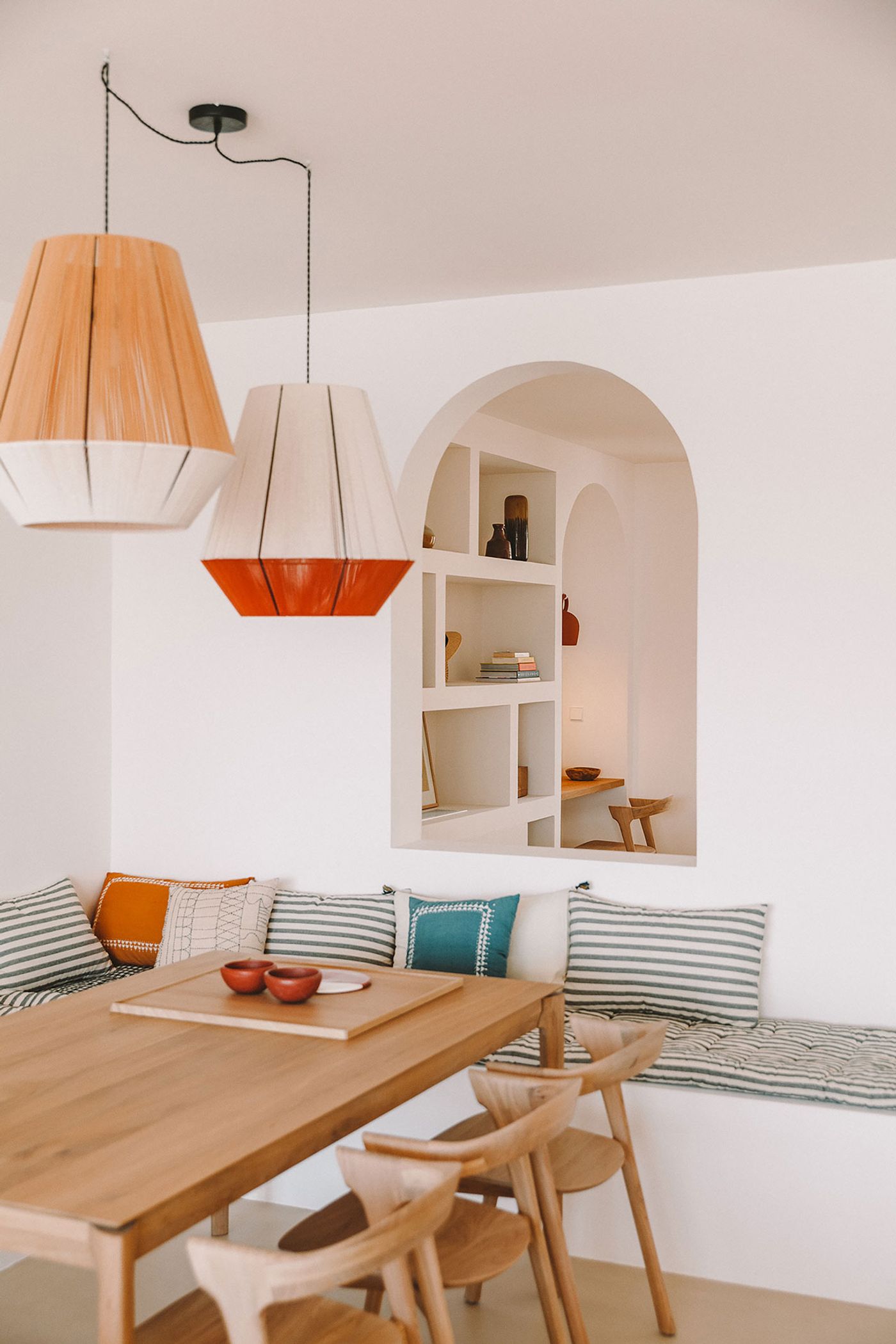
Casa Santa Teresa by Amelia Tavella.Photo by Thibaut Dini.
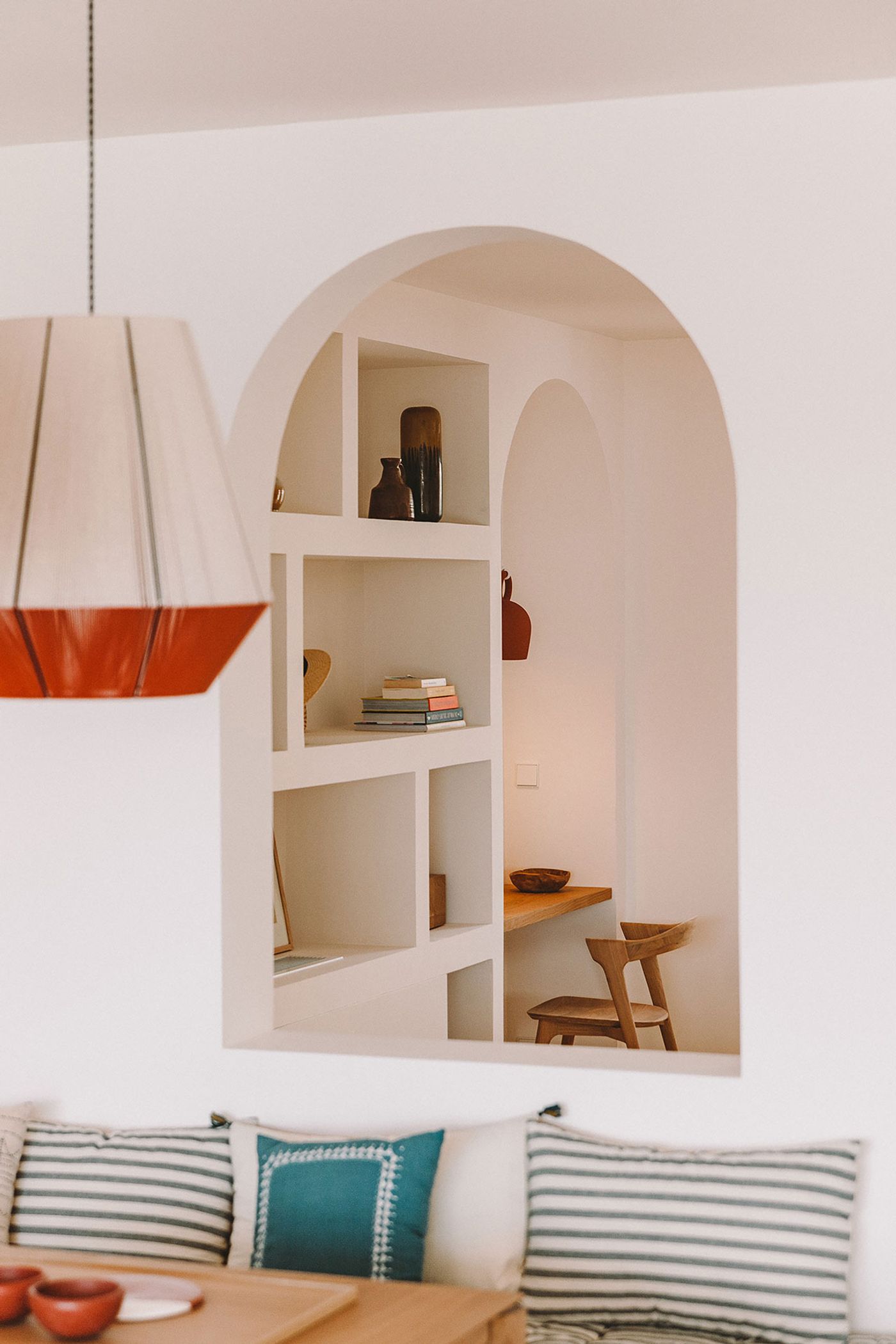
Casa Santa Teresa by Amelia Tavella.Photo by Thibaut Dini.

Casa Santa Teresa by Amelia Tavella.Photo by Thibaut Dini.
The muted, all-white interiors are complemented by a sparse selection of furniture in natural materials such as wooden tables, cane chairs and wicker light fittings, while striped orange and blue pillows add splashes of colour. The same combination of white surfaces and natural materials continues in the private quarters perched on the two upper floors. Accessed via a wooden staircase, the five bedrooms enjoy views of the sea, with the master bedroom featuring its own terrace. With its stripped wooden shutters, pivoting glass doors and gauze curtains that serenely filter in the Mediterranean sunlight, Casa Santa Teresa “is the quintessential vacation home”, Tavella explains, “the one that haunts my memory of happy childhood evenings, when the night embraces the day and beauty is a celebration”.

Casa Santa Teresa by Amelia Tavella.Photo by Thibaut Dini.
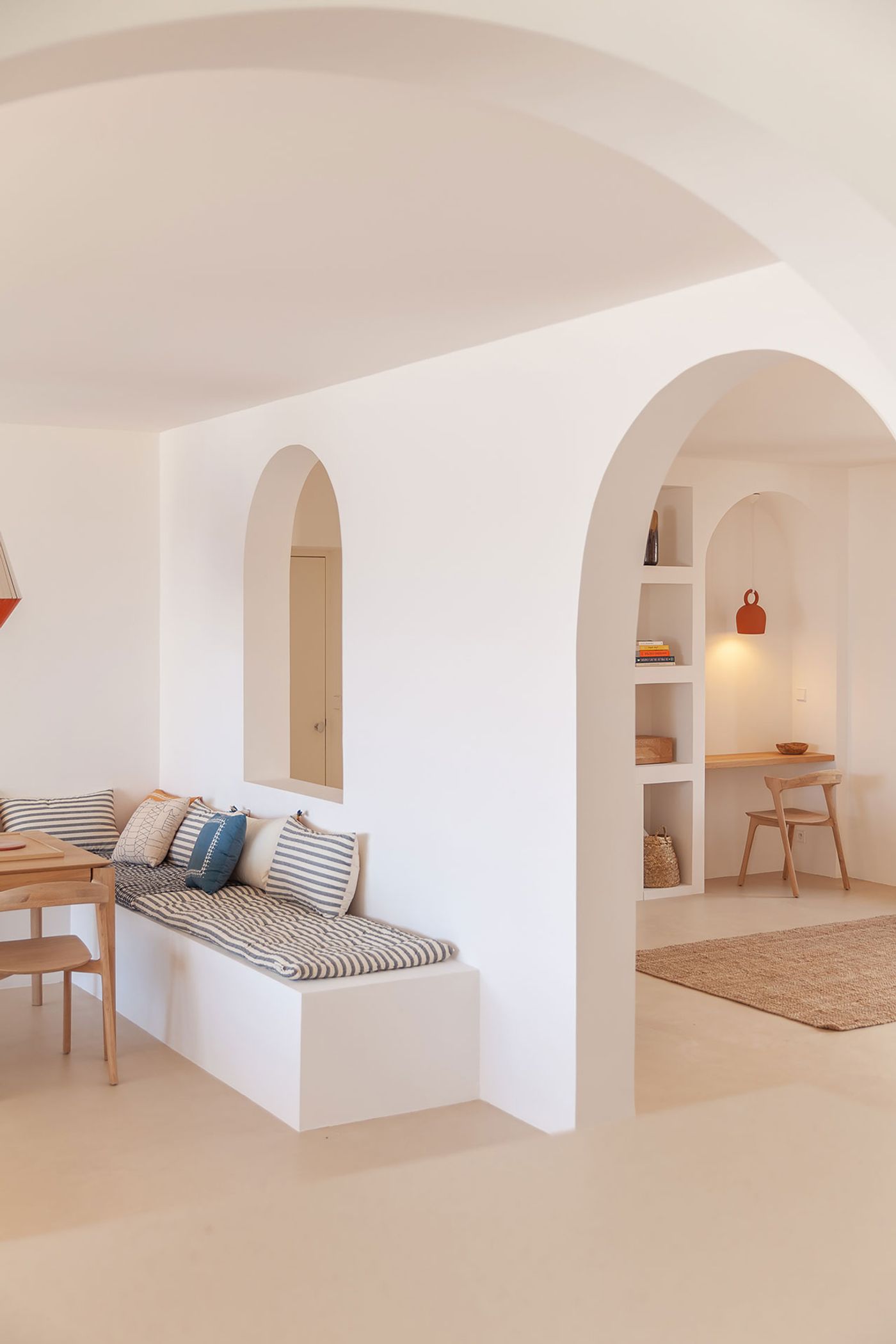
Casa Santa Teresa by Amelia Tavella.Photo by Thibaut Dini.
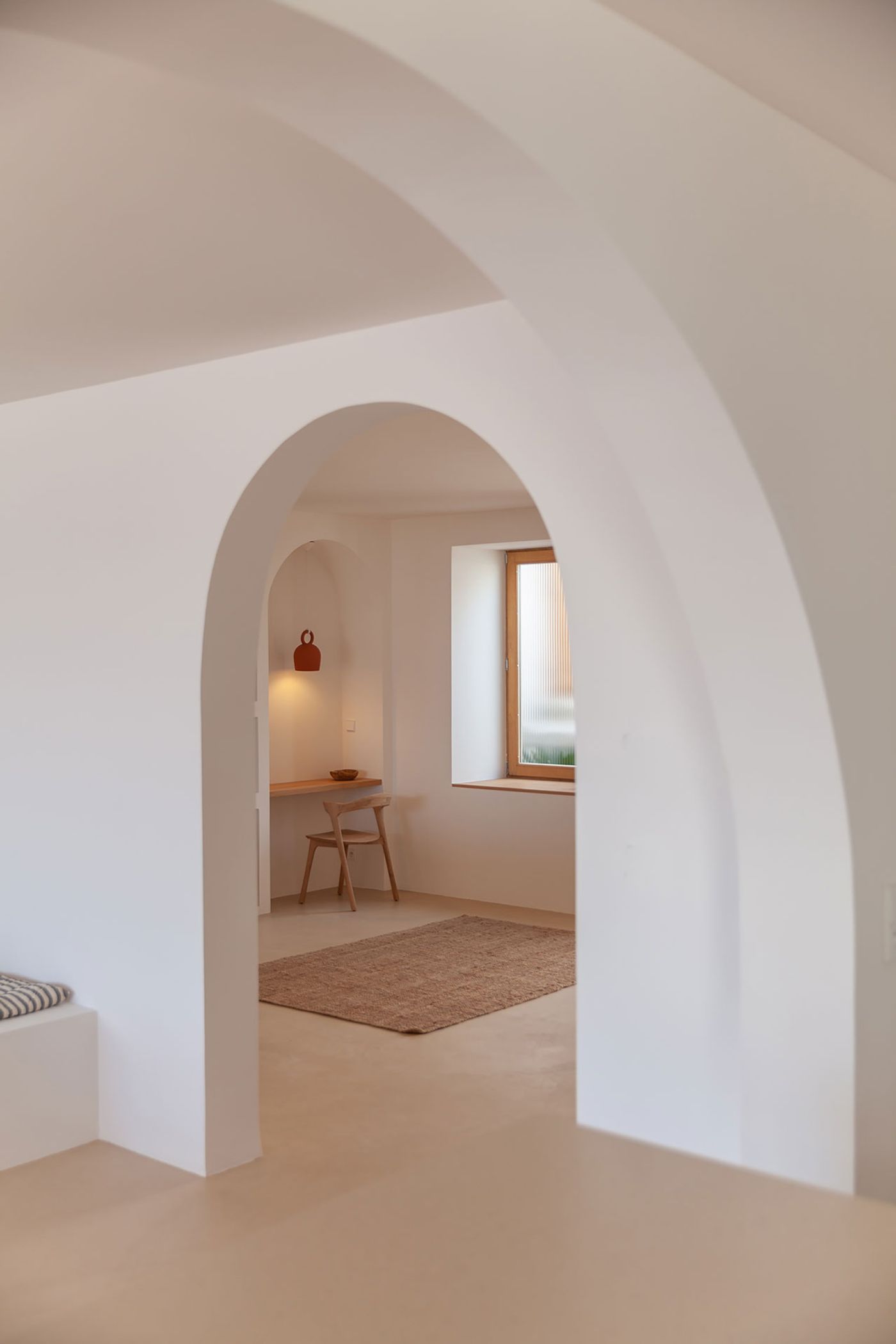
Casa Santa Teresa by Amelia Tavella.Photo by Thibaut Dini.

Casa Santa Teresa by Amelia Tavella.Photo by Thibaut Dini.
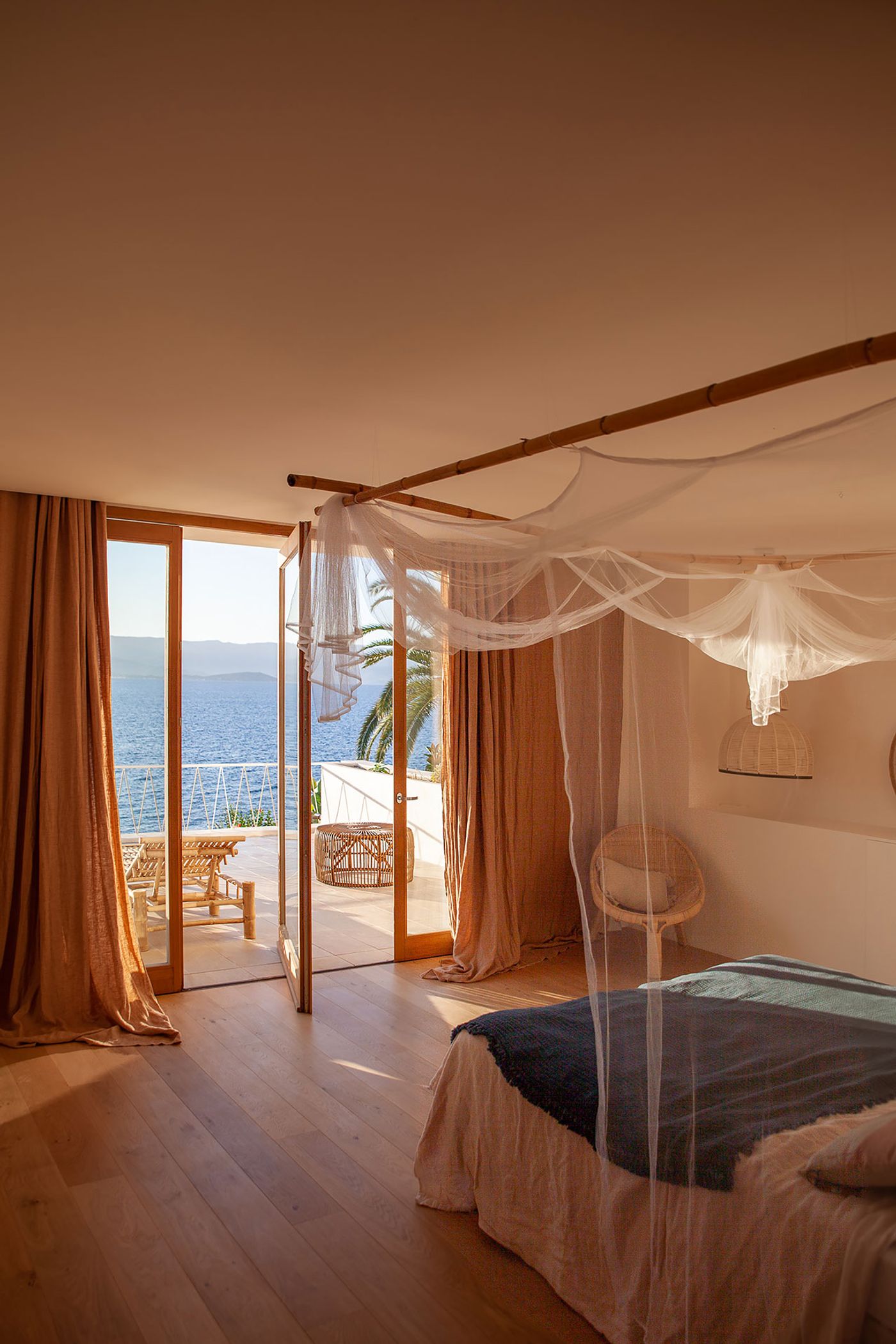
Casa Santa Teresa by Amelia Tavella.Photo by Thibaut Dini.

Casa Santa Teresa by Amelia Tavella.Photo by Thibaut Dini.
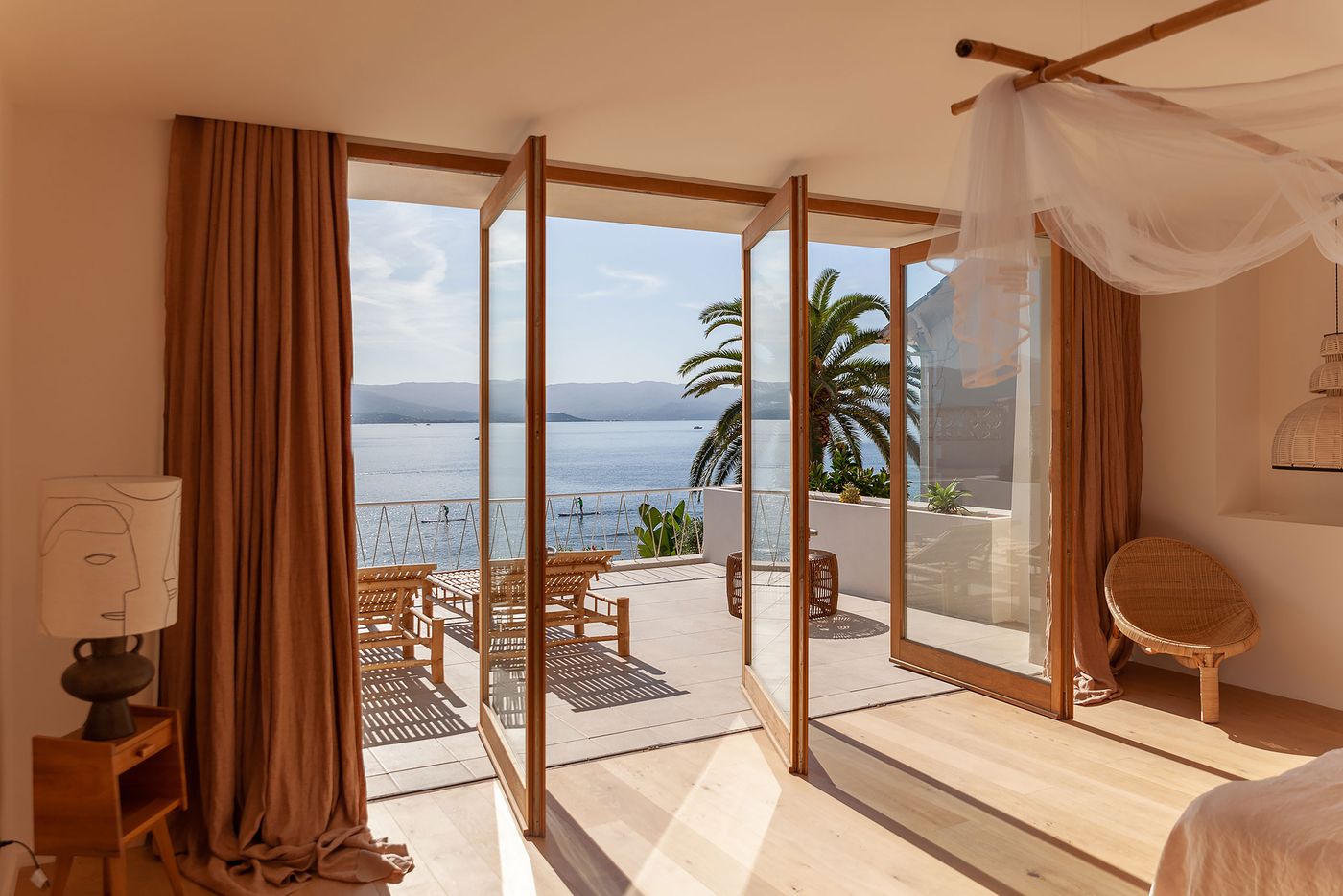
Casa Santa Teresa by Amelia Tavella.Photo by Thibaut Dini.
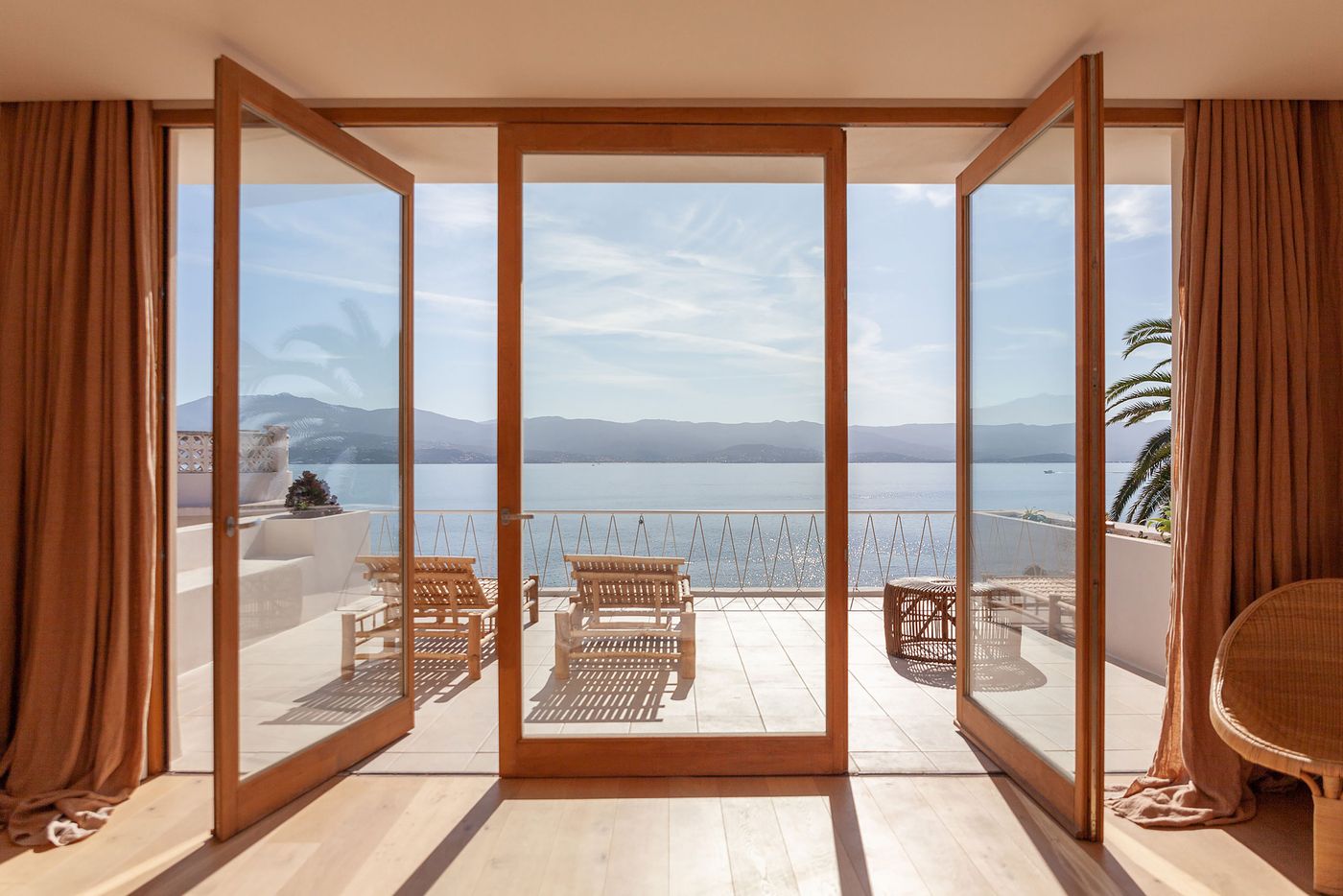
Casa Santa Teresa by Amelia Tavella.Photo by Thibaut Dini.
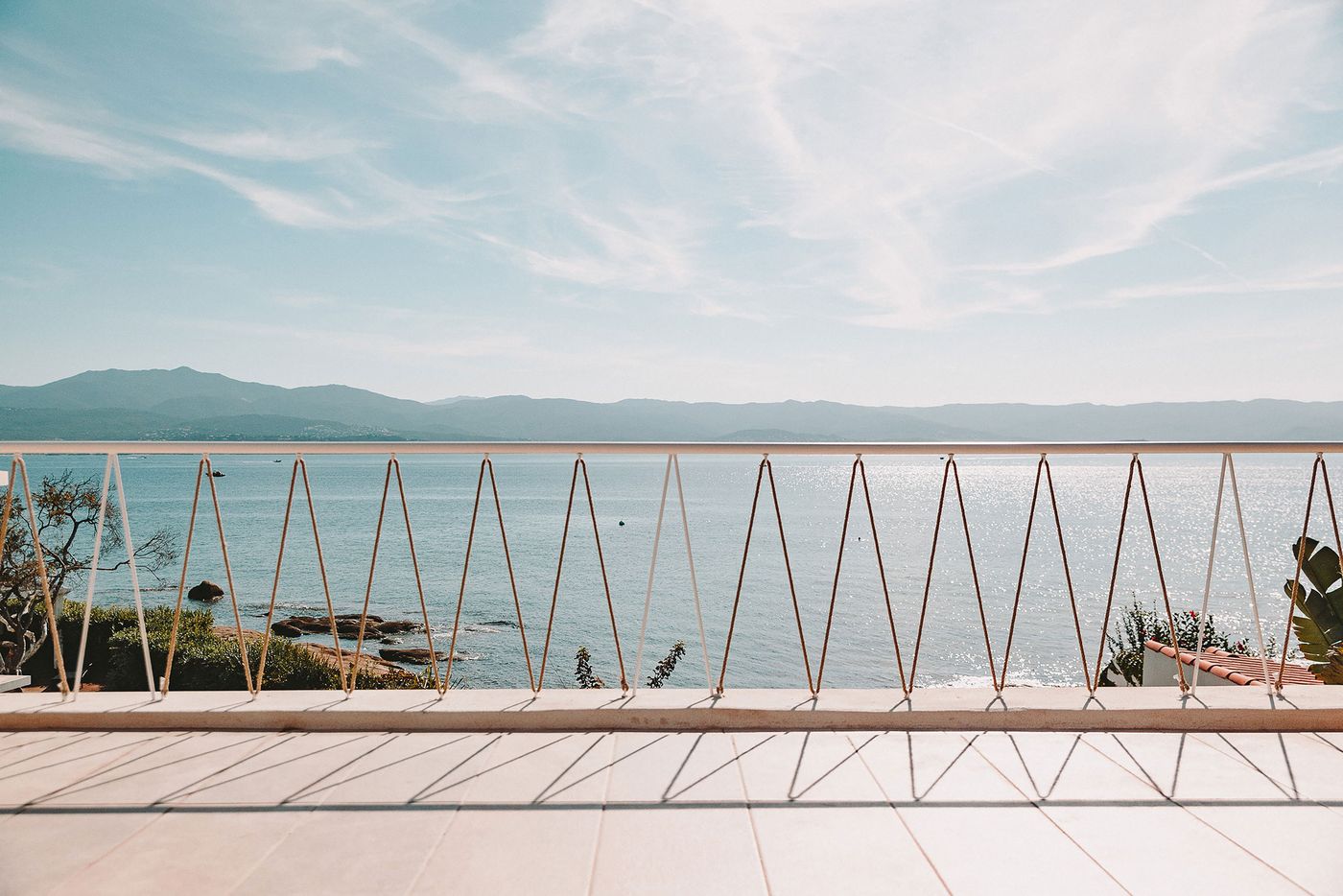
Casa Santa Teresa by Amelia Tavella.Photo by Thibaut Dini.
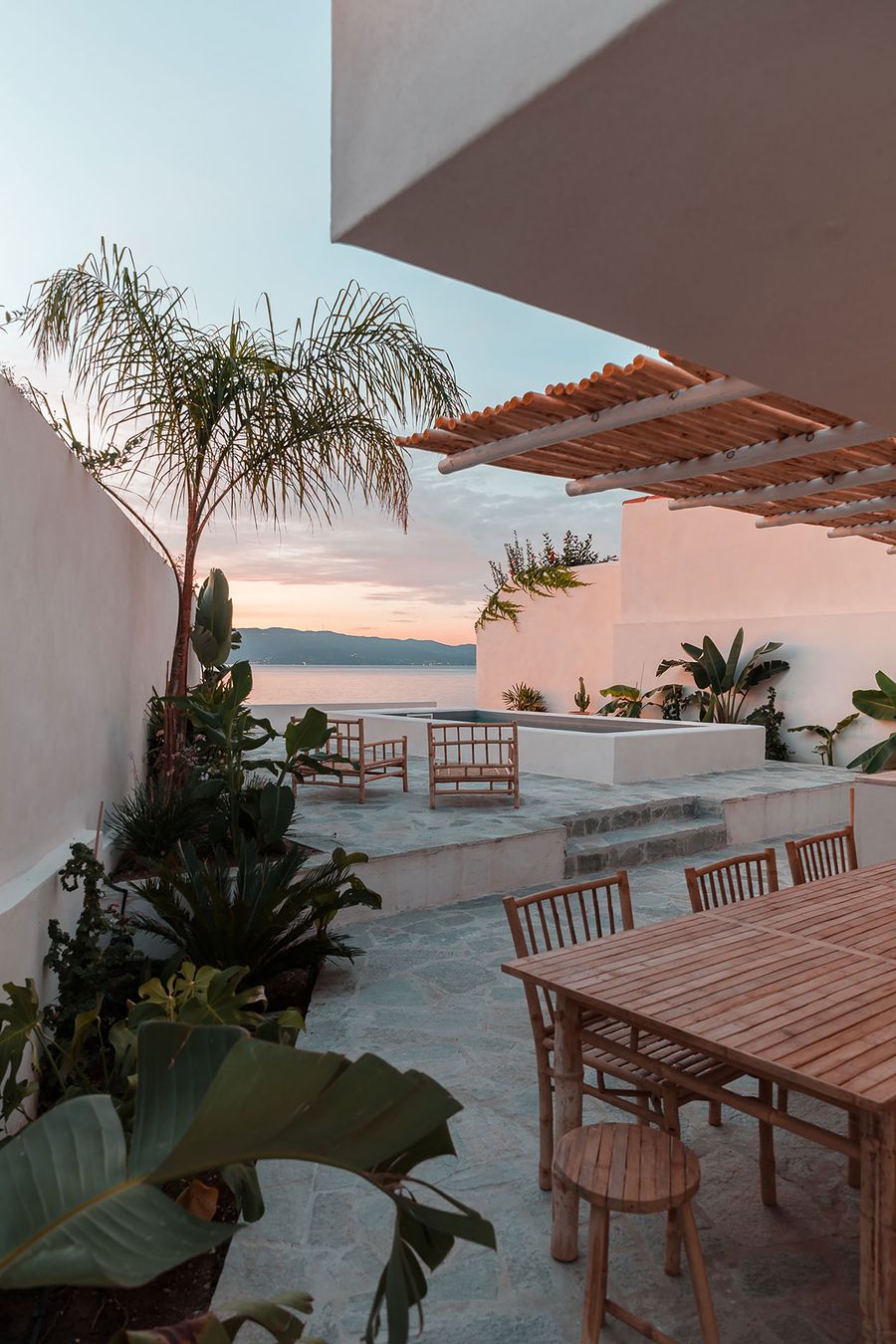
Casa Santa Teresa by Amelia Tavella.Photo by Thibaut Dini.
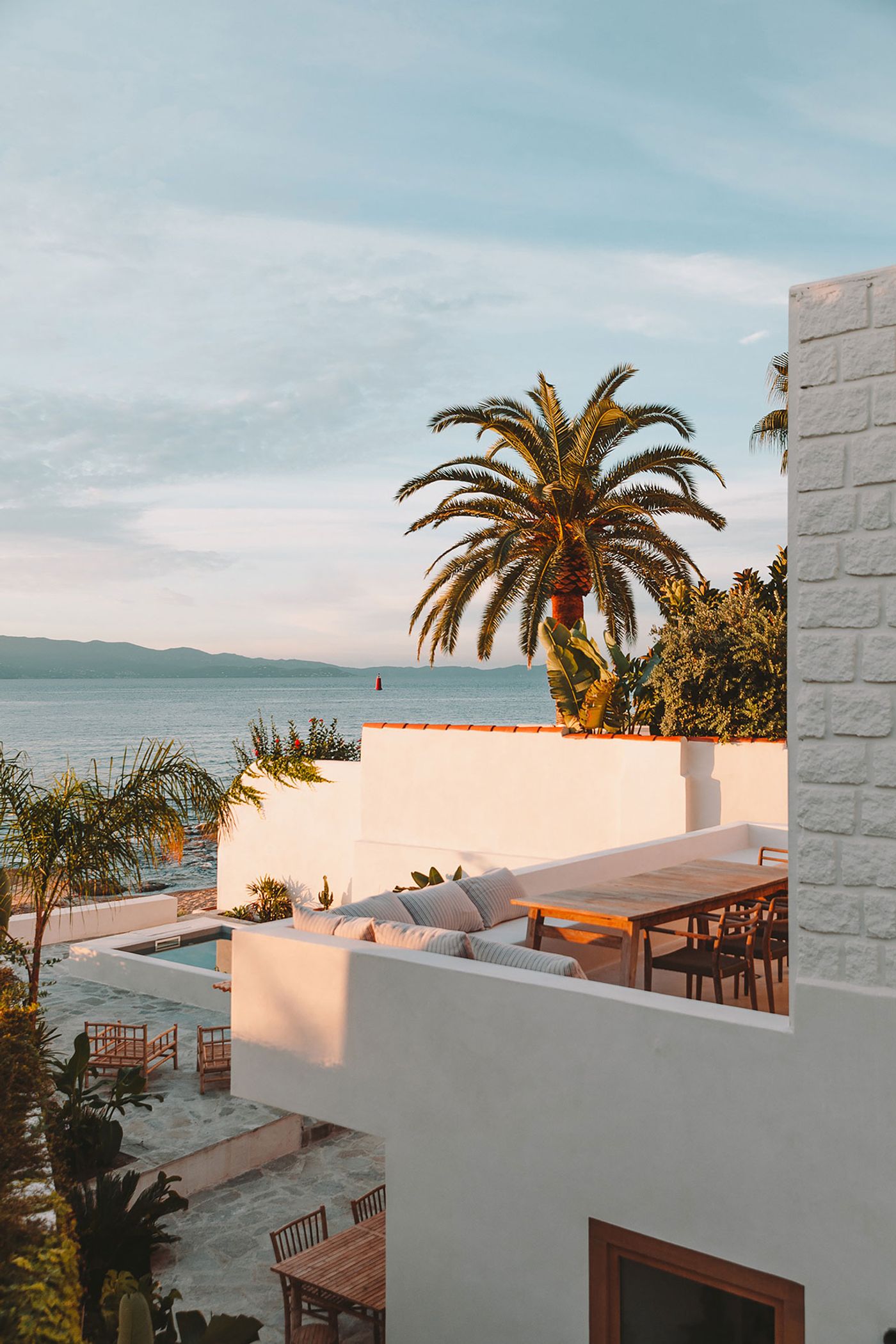
Casa Santa Teresa by Amelia Tavella.Photo by Thibaut Dini.
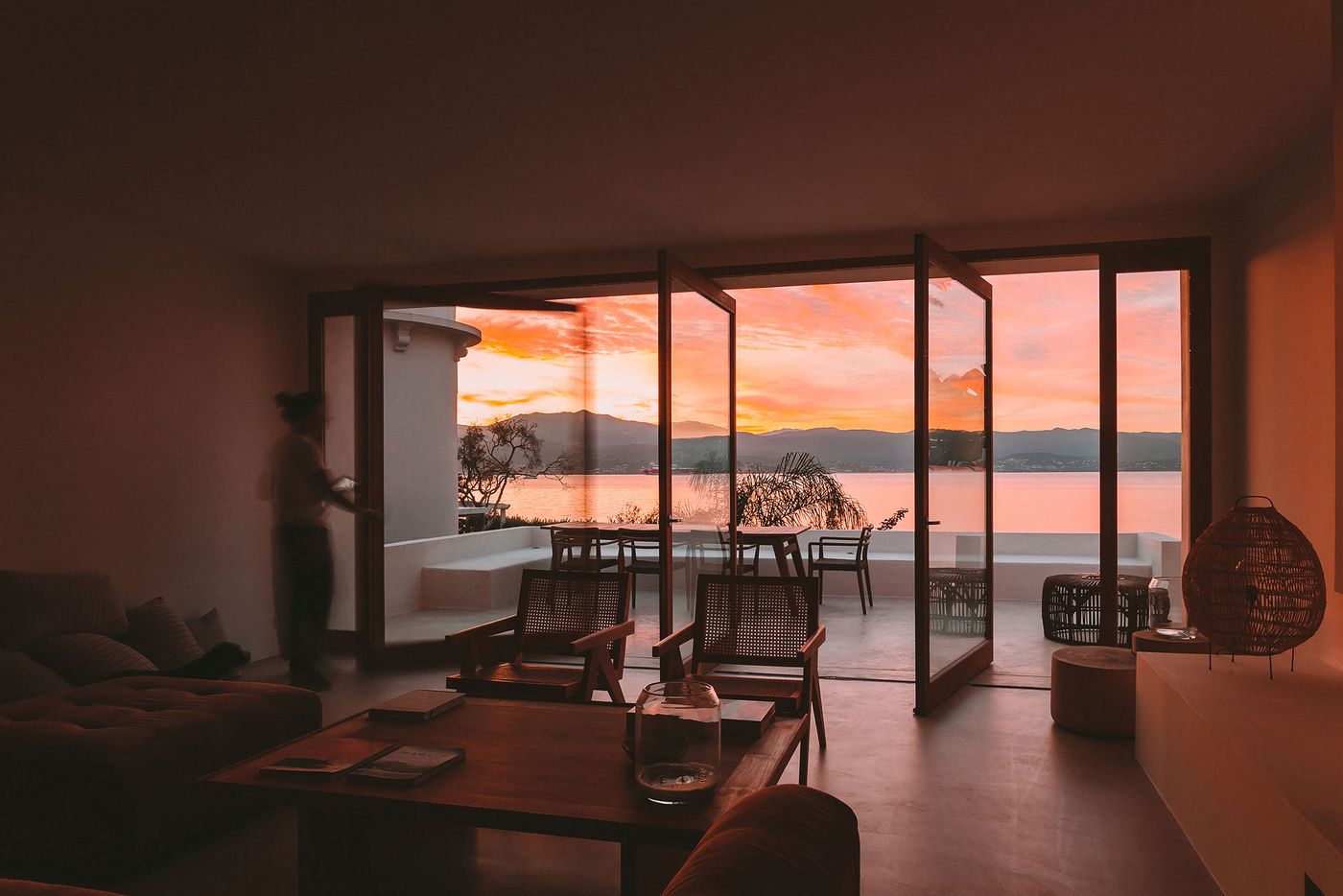
Casa Santa Teresa by Amelia Tavella.Photo by Thibaut Dini.

Portrait of Amelia Tavella.Photo by Marianne Tessier.